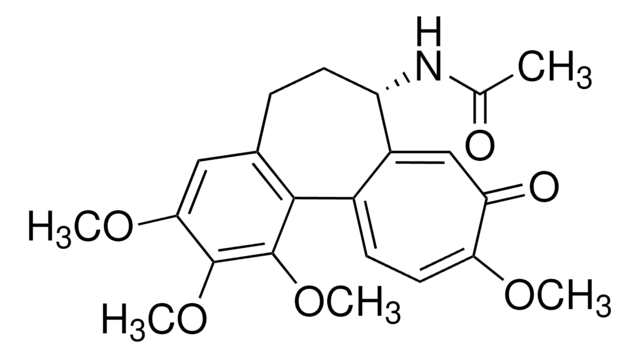SRP0192
PARP1 Active human
recombinant, expressed in baculovirus infected insect cells, ≥80% (SDS-PAGE)
Synonym(s):
ADPRT, NAD(+) ADP-ribosyltransferase 1, Poly (ADP-ribose) Polymerase 1
About This Item
Recommended Products
biological source
human
recombinant
expressed in baculovirus infected insect cells
Assay
≥80% (SDS-PAGE)
form
aqueous solution
mol wt
140 kDa
packaging
pkg of 10 and 20 μg
manufacturer/tradename
Sigma-Aldrich
storage condition
avoid repeated freeze/thaw cycles
concentration
>0.02 mg/mL
technique(s)
inhibition assay: suitable
NCBI accession no.
UniProt accession no.
application(s)
life science and biopharma
shipped in
dry ice
storage temp.
−70°C
Gene Information
human ... PARP1(142)
General description
Human PARP1 (GenBank Accession No. NM_001618), full length with N-terminal GST tag, MW = 140 kDa, expressed in a Baculovirus infected Sf9 cell expression system. Poly [ADP-ribose] polymerase 1 (PARP1) belongs to the DNA-dependent nuclear enzyme superfamily. Its structure includes an N-terminal with three zinc finger DNA-binding domains, an auto-modification domain with BRCT motif and a WGR domain having conserved tryptophan, glycine, and arginine residues, and a C-terminal catalytic domain with PARP signature sequence.
Application
Biochem/physiol Actions
Unit Definition
Physical form
Preparation Note
Storage Class Code
10 - Combustible liquids
WGK
WGK 1
Flash Point(F)
Not applicable
Flash Point(C)
Not applicable
Certificates of Analysis (COA)
Search for Certificates of Analysis (COA) by entering the products Lot/Batch Number. Lot and Batch Numbers can be found on a product’s label following the words ‘Lot’ or ‘Batch’.
Already Own This Product?
Find documentation for the products that you have recently purchased in the Document Library.
Our team of scientists has experience in all areas of research including Life Science, Material Science, Chemical Synthesis, Chromatography, Analytical and many others.
Contact Technical Service





